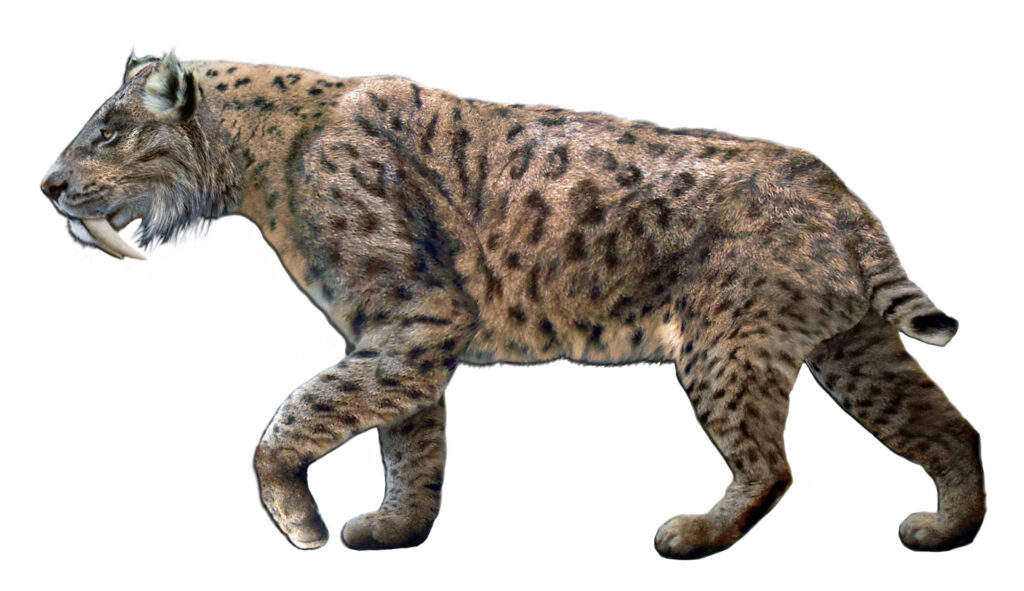Picture walking through a museum and discovering that some exhibits aren’t ancient artifacts at all, but living creatures that witnessed the rise and fall of dinosaurs. You’re not in some science fiction movie. These remarkable organisms exist today, swimming in our oceans, growing in our gardens, and inhabiting remote corners of the world. They represent an extraordinary phenomenon that has fascinated scientists for over a century.
Charles Darwin first coined the term “living fossil” in his 1859 book On the Origin of Species to describe living organisms that appeared unchanged from their extinct fossil relatives. Yet these survivors have accomplished something almost miraculous in the biological world. While countless species have evolved, adapted, and vanished over hundreds of millions of years, these ancient lineages maintained their fundamental blueprints with remarkable consistency.
What makes these creatures even more fascinating is their incredible journey through time. They’ve survived all five great extinction events, including the asteroid that wiped out the dinosaurs. Each represents a living window into Earth’s distant past, offering scientists invaluable insights into evolutionary processes and ancient ecosystems.
The Coelacanth: Fish from the Age of Dinosaurs
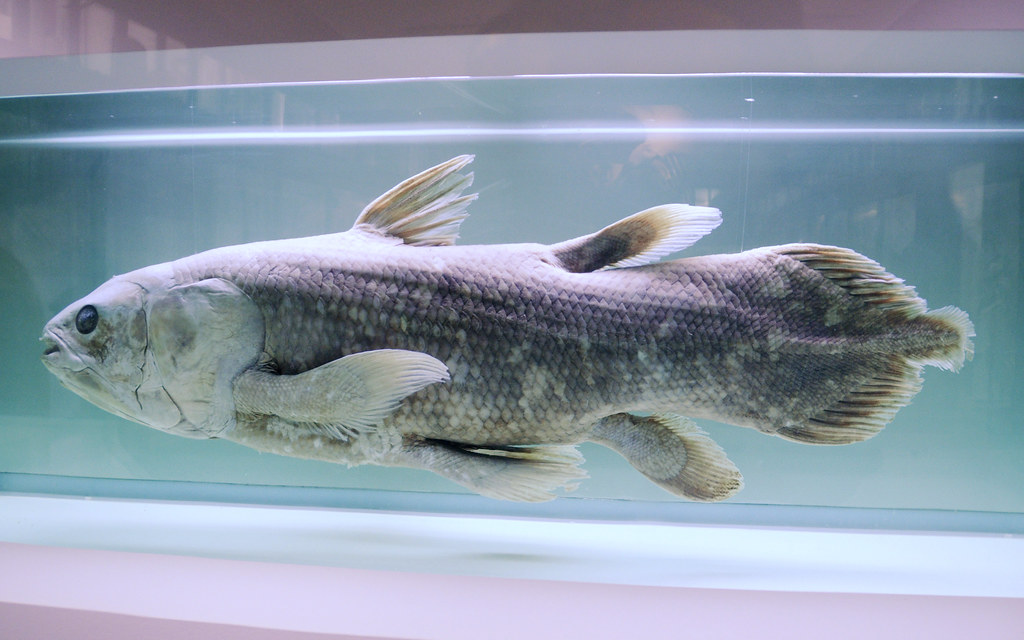
On December 23, 1938, museum curator Marjorie Courtenay-Latimer discovered a remarkable fish among the catch of a local fisherman off the east coast of South Africa. This discovery would shock the scientific world because scientists had thought the coelacanth had gone extinct about 65 to 70 million years ago.
The coelacanth evolved a bodyplan similar to its current form approximately 400 million years ago, making it one of the most ancient vertebrates still swimming in our oceans. Today there are two living coelacanth species, known as Latimeria, which have basically remained unchanged over the past 100 million years.
What makes the coelacanth particularly intriguing is its unique anatomy. Because the primitive species has multiple fleshy lobed-fins that somewhat resemble limbs, many scientists think coelacanths could have played a role in the evolution of fish to terrestrial animals. These deep-sea dwellers live as deep as 2,300 feet below the sea surface, and can reach 6.5 feet in length.
Horseshoe Crabs: Arthropod Survivors of Ancient Seas
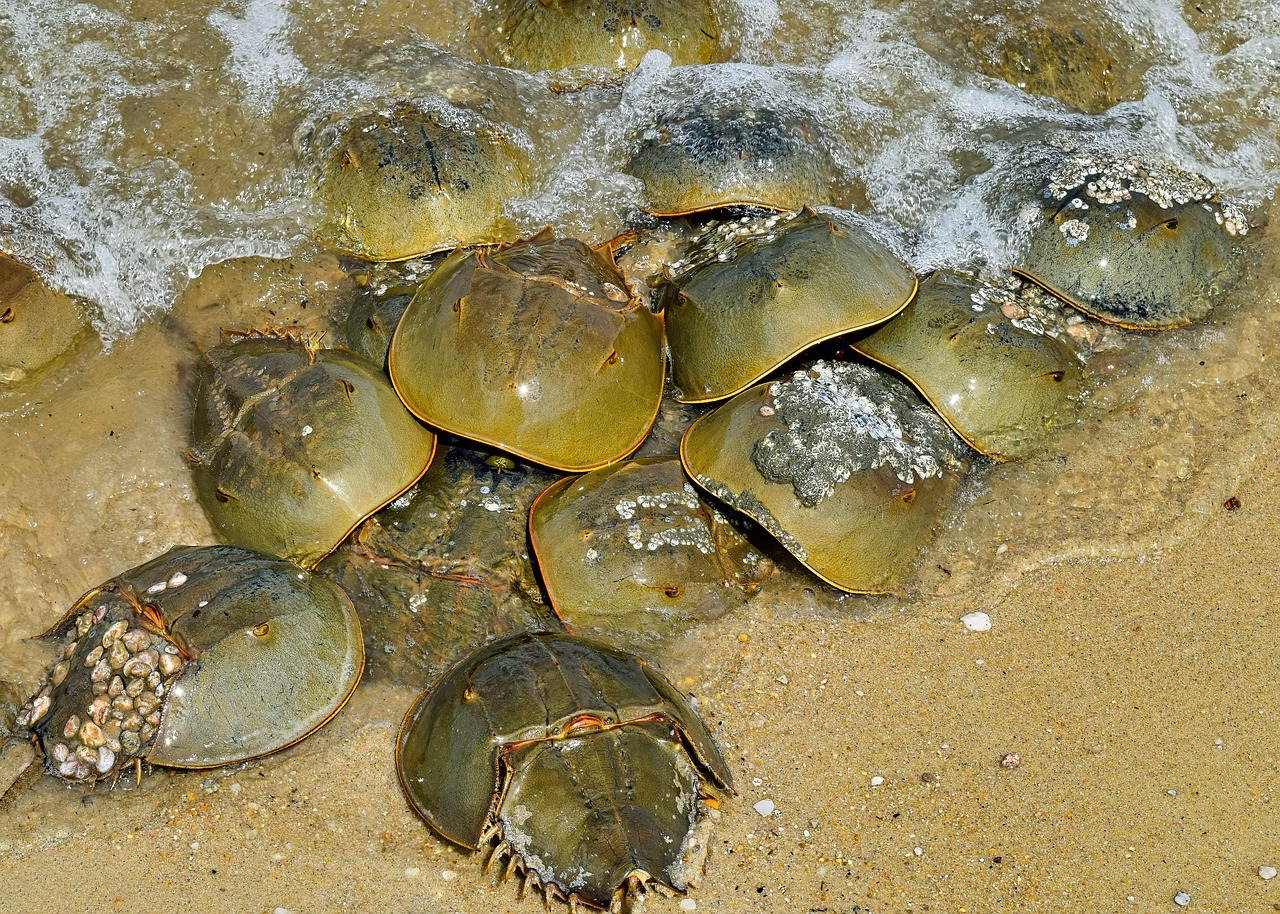
Few modern animals are as deserving of the title “living fossil” as the lowly horseshoe crab, with these venerable sea creatures claiming a history that reaches back almost half-a billion years. Scientists have revealed rare new horseshoe crab fossils from approximately 450 million year-old Ordovician age rocks in central and northern Manitoba, which are about 100 million years older than any previously known forms.
Horseshoe crabs have undergone little morphological evolution during their 480 million–year history – the fossil record shows them to be virtually unchanged. These ancient creatures aren’t actually crabs at all. Despite their name, horseshoe crabs aren’t actually crabs. They are arthropods, and share more similarities with spiders and scorpions.
The oldest fossils of horseshoe crabs, found in approximately 450-million-year-old Ordovician rocks in Manitoba, Canada, look similar to the creatures we find living on beaches today. Younger 148-million-year-old Jurassic fossils from a Polish quarry have shapes and sizes virtually identical to today’s horseshoe crabs. Their remarkable copper-blue blood has proven invaluable to modern medicine. This blood, which contains a substance called Limulus Amebocyte Lysate (LAL), has even found use in modern medicine, as it’s widely used for detecting bacterial contamination in vaccines and medical devices.
The Nautilus: Spiral-Shelled Time Traveler
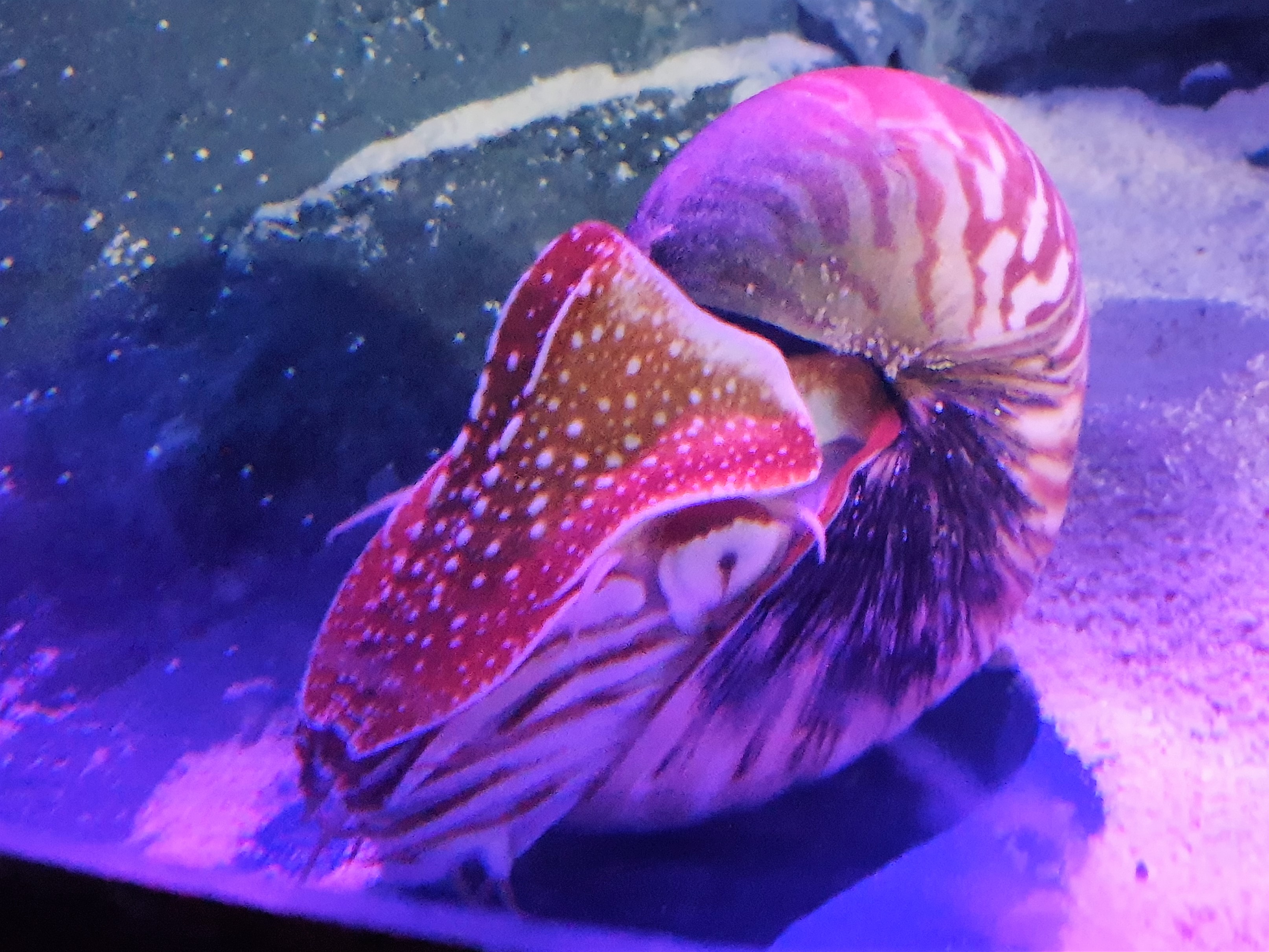
These spiral-shelled creatures have hardly changed since they first appeared over 500 million years ago during the early Paleozoic era. The nautilus is a mollusk that has survived on Earth for about 500 million years, floating through the twilight depths of tropical oceans.
The nautilus, with its beautifully spiraled shell, is often described as a living fossil. They are the modern descendants of nautiloids, which date back to the Cambrian explosion some 500 million years ago. These remarkable creatures navigate the ocean depths using jet propulsion, moving about by sucking up water from their surrounding environment and subsequently shooting the water out of a tube protruding out of their body called a hyponome, allowing them to propel themselves around the water using jet propulsion.
You’d struggle to tell an ancient Nautilus from a living one. However, these living fossils face modern challenges. They’re hunted for their beautiful shells to make art and jewellery, but international trade is now regulated to protect them from over-exploitation.
Ginkgo Tree: The Botanical Survivor

The ginkgo tree has a very interesting history and is perhaps best described as a “living fossil” since it is considered the oldest living tree species on earth and the only survivor of the primitive order Ginkgoales. Fossilized ginkgo leaves nearly identical to those of the modern species have been found in rocks over 200 million years old. It was already thriving when the first mammals appeared.
The ginkgo displays remarkable resilience that has contributed to its survival through multiple mass extinctions. When the atomic bomb dropped on Hiroshima in 1945, six ginkgo trees survived the blast and are still alive today. Resilience, it seems, is written into its DNA. This extraordinary toughness extends to everyday survival as well.
The ginkgo is very resistant to infection, pollution and destruction by fire. Because of their durability, longevity and beauty, the ginkgo makes an excellent urban and shade tree and will thrive where other trees cannot. These ancient trees can live incredibly long lives, with some specimens in Japan well over 1,000 years old.
Tuatara: New Zealand’s Living Dragon
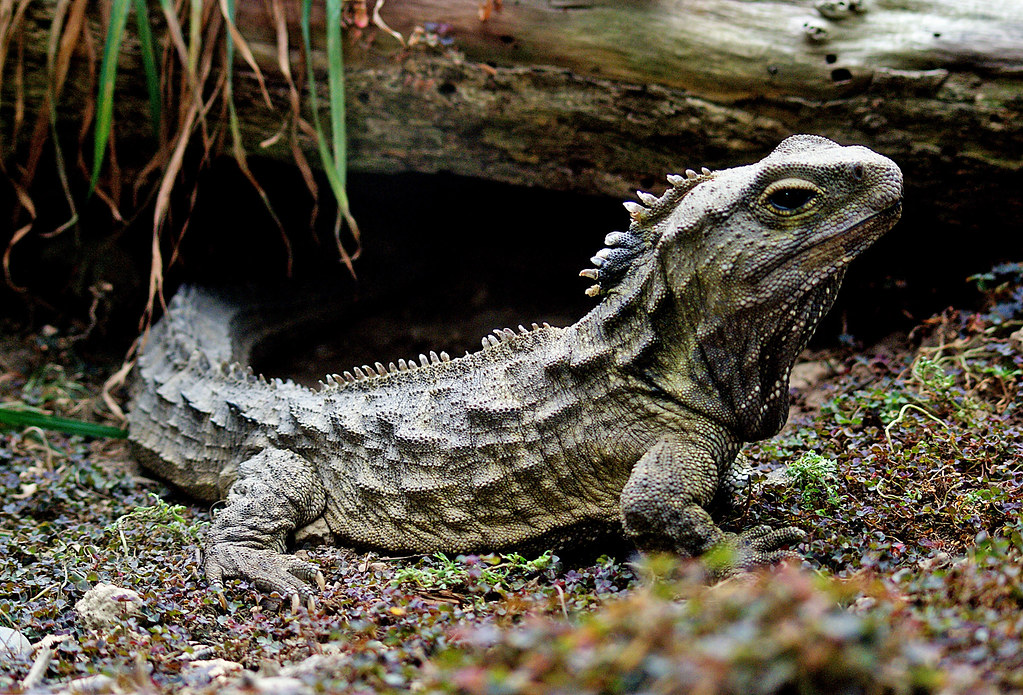
With an almost fully articulated skeleton and jaw structures, the discovery suggests that physical features on the modern day Tuatara are largely unchanged from 190 million years ago. The tuatara of New Zealand is a reptile that looks like a lizard but belongs to a lineage that split from all other reptiles more than 200 million years ago.
The tuatara possesses some truly extraordinary characteristics that set it apart from all other modern reptiles. The tuatara has a third eye (visible in juveniles), incredibly slow metabolism, and can live well over 100 years. However, the Tuatara is not a lizard, but the last surviving species of an archaic order of reptilians called Rhynchocephalia, belonging to the group Sphenodontia. The Sphenodontia lineage stretches back at least 230 million years.
Surprisingly, while the tuatara looks unchanged, genetic studies reveal a different story. A study in 2008 compared the mitochondrial DNA from both modern and fossil tuatara bones and found that this reptile is undergoing faster genetic change than any other vertebrate. Its bones may resemble those of its Jurassic relatives, but at the molecular level, the tuatara evolves rapidly.
Lungfish: Air-Breathing Ancient Fish
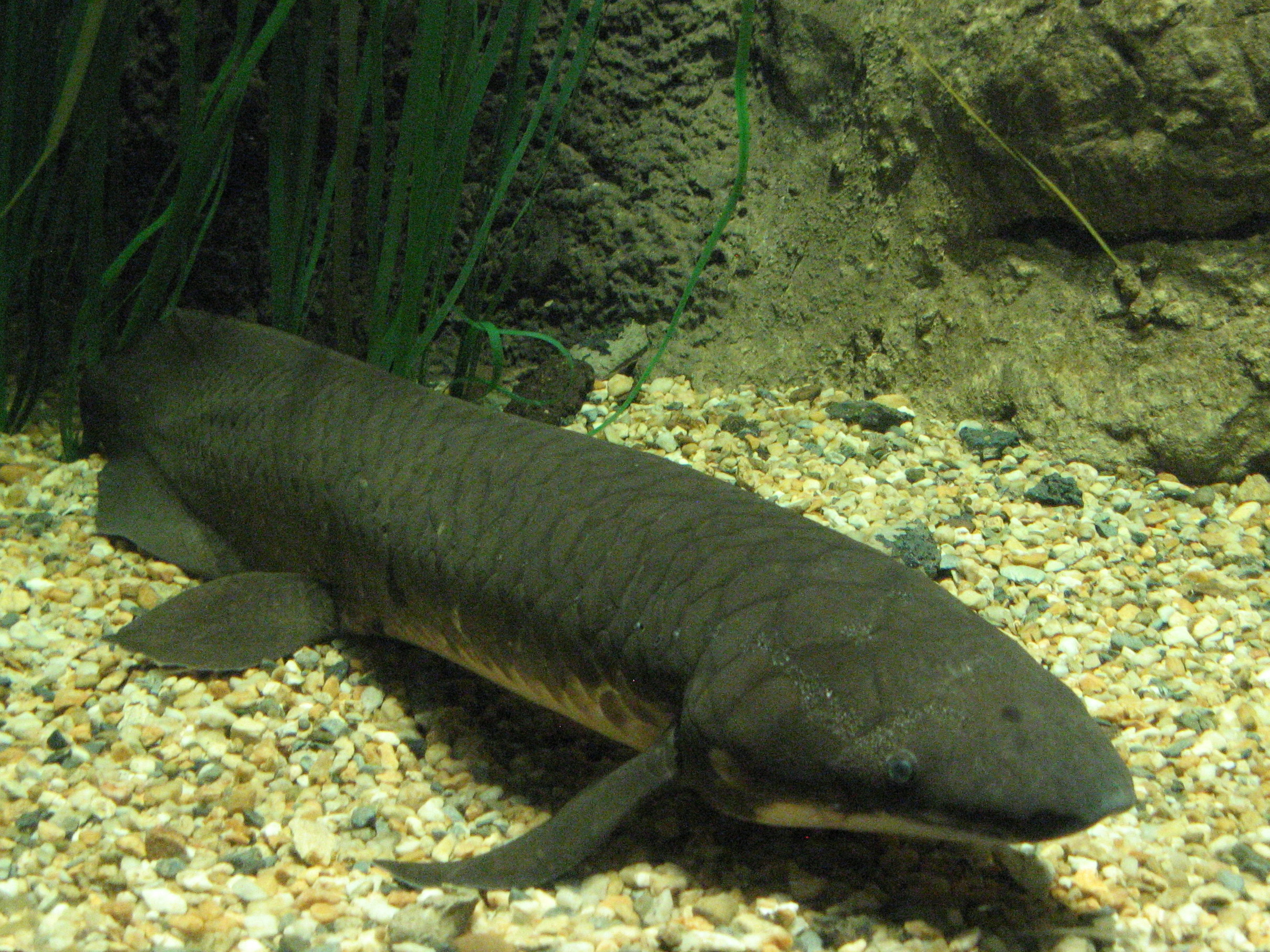
The Australian lungfish, also known as the Queensland lungfish, is an example of an organism that meets this criterion. Fossils identical to modern specimens have been dated at over 100 million years old. Modern Queensland lungfish have existed as a species for almost 30 million years. Darwin himself recognized these remarkable creatures as living fossils in his original work.
In 1859, he pointed out that some animals like the duck-billed platypus and the lungfish seemed to have held onto the same basic body plan for millions of years. These extraordinary fish possess both gills and a functional lung, allowing them to survive in environments where other fish would perish. This unique adaptation has proven crucial to their long-term survival.
The lungfish represents a critical evolutionary link between aquatic and terrestrial vertebrates. Darwin’s curiosity led him to examine creatures like the lungfish, the platypus, and the coelacanth – animals that seemed like echoes from ancient oceans and primeval forests. Darwin saw them as living links in the long chain of evolutionary history. Their dual respiratory system offers scientists valuable insights into how vertebrates first began the transition from water to land millions of years ago.
Platypus: The Mammalian Puzzle
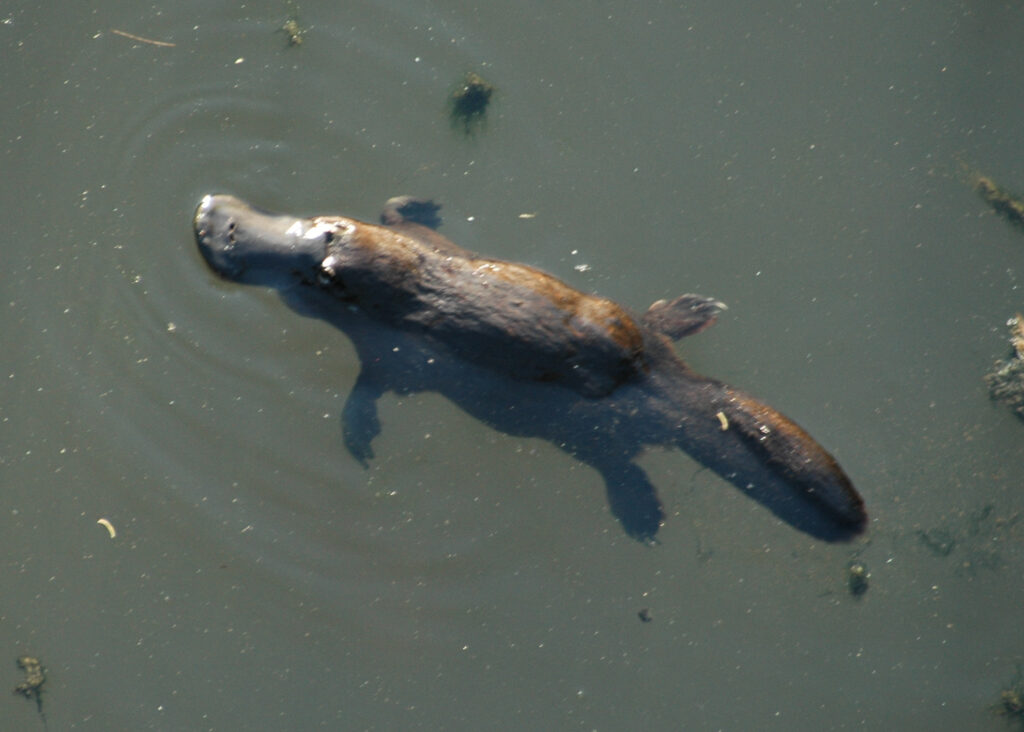
The term was coined by Charles Darwin in his On the Origin of Species from 1859, when discussing Ornithorhynchus (the platypus) and Lepidosiren (the South American lungfish), noting these anomalous forms may almost be called living fossils. The platypus continues to baffle scientists with its unique combination of mammalian and reptilian characteristics.
In contrast, the platypus Ornithorhynchus had no known fossils in 1859 but was taxonomically intermediate in having the duck-like bill of a bird and fur of a mammal. This extraordinary creature belongs to an ancient group of mammals called monotremes. Monotremes include the platypus and echidna. They are unique because they are mammals that lay eggs.
The platypus represents one of the most primitive mammalian lineages still in existence. Its electroreception abilities, venomous spurs, and egg-laying reproduction make it a living bridge to the earliest mammals. These features have remained largely unchanged for millions of years, providing scientists with crucial insights into early mammalian evolution and the transition from reptilian ancestors.
Goblin Shark: Deep-Sea Living Fossil

The goblin shark (Mitsukurina owstoni) is a bizarre animal with a long, flat snout and toothy jaws that protrude in front of the face to catch unsuspecting prey. It’s a relatively rare deep-water shark living in all major oceans. The goblin shark is the only living member of its family, which is about 125 million years old.
This unusual predator dwells in the deep ocean where few evolutionary pressures exist to drive change. With a face only a mother could love, it was described as “grotesque” when first scientifically described in 1898. The goblin shark’s most distinctive feature is its extendable jaw mechanism, which shoots out to capture prey in the darkness of the deep sea.
The species’ primitive characteristics and ancient lineage make it a valuable window into shark evolution. Living in the stable environment of the deep ocean, goblin sharks have had little need to adapt their basic body plan. Their survival strategy of remaining in the deep, relatively unchanging marine environment has allowed them to persist virtually unchanged while their relatives evolved or went extinct in shallower waters.
Brachiopods: Ancient Shell Bearers
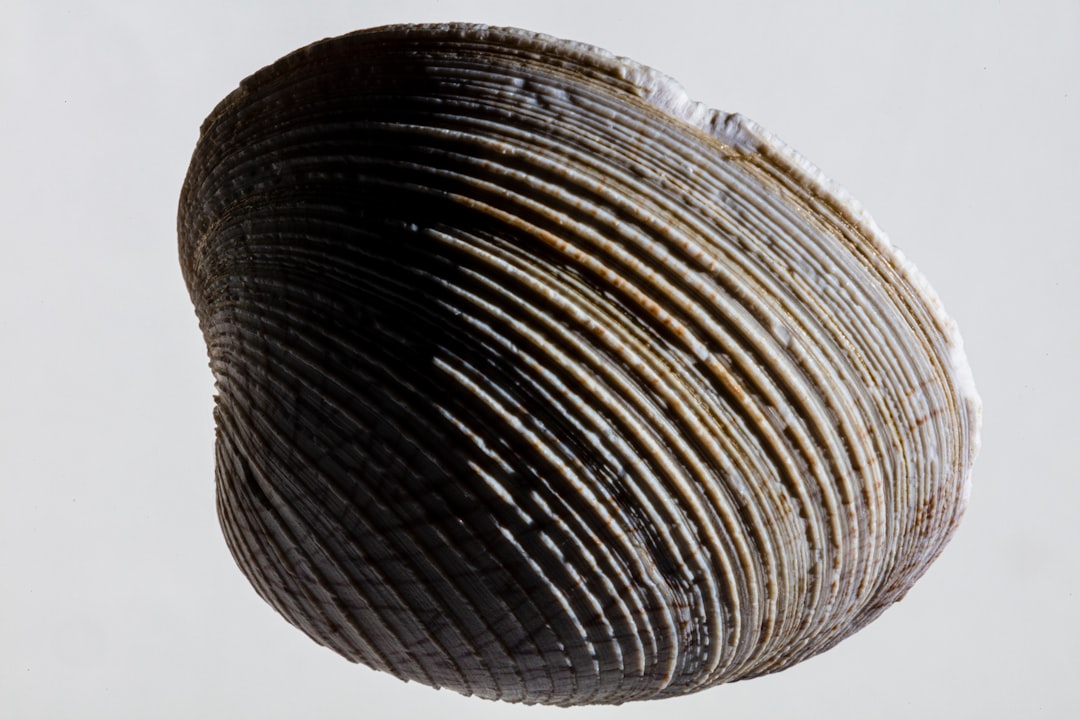
Brachiopods have hardly changed in hundreds of millions of years. By 1859, representatives of the living fossil brachiopod Lingula had been found alive and its morphologically simple shells also occurred in the oldest fossil-bearing geological layers. These small marine creatures have one of the longest documented histories of any animal group.
Lingula, a type of shell creature called a brachiopod, has been around since the Ordovician period, 488 million years ago. Modern Lingula look almost exactly like their first fossils. Their simple lifestyle of filter-feeding from the seafloor has required little evolutionary modification over vast periods of time.
Brachiopods once dominated ancient seas but today survive in small numbers worldwide. Their two-shelled structure and feeding mechanism have proven so effective that natural selection has favored maintaining their basic design rather than changing it. This represents a perfect example of evolutionary stasis, where a successful biological design persists across geological eras without significant modification.
Crocodilians: Apex Predators Frozen in Time
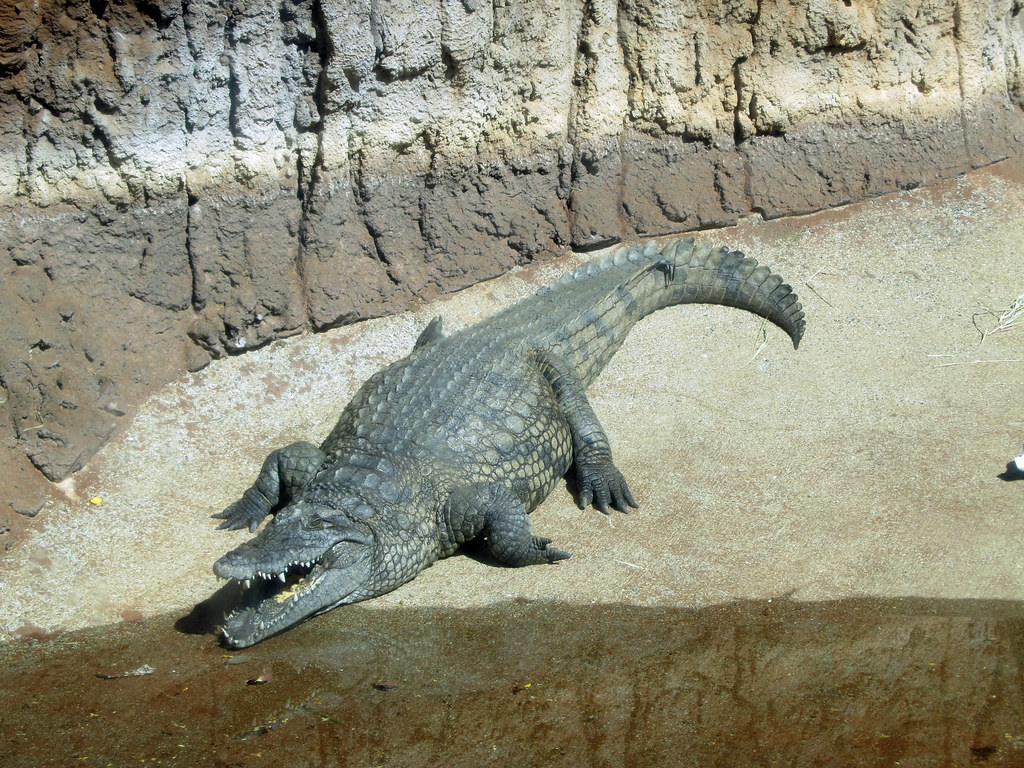
Crocodiles have been around for over 200 million years, making them one of the most successful and enduring reptiles. These formidable predators have adapted to a wide range of environments, from freshwater rivers to coastal estuaries. Crocodilians survived the big event that killed off the dinosaurs.
When you look at a crocodile, it’s easy to feel like you’re staring into the distant past. These ancient-looking reptiles, with their scaly skin and fearsome teeth, seem like living fossils – creatures frozen in time, unchanged for millions of years. Their basic body plan has remained remarkably consistent throughout their evolutionary history.
However, appearances can be deceiving. Despite their prehistoric appearance, animals like crocodiles are not truly evolutionary relics. In fact, they’ve been evolving all along, just not in ways that are immediately obvious. Modern crocodilians have evolved sophisticated physiological adaptations including advanced cardiovascular systems, precise thermoregulation, and complex social behaviors that aren’t immediately visible but represent significant evolutionary advances from their ancient ancestors.
Conclusion

These remarkable living relics remind us that evolution isn’t always about dramatic transformation. Sometimes, the most successful survival strategy is maintaining a winning formula that has already proven effective across hundreds of millions of years. Living fossils are not just relics. They are warriors of biology – battle-hardened and quiet, clinging to life through the worst cataclysms Earth has known.
Each of these species offers us a unique window into Earth’s ancient past while simultaneously facing modern challenges. Climate change, habitat destruction, and human activities now threaten many of these evolutionary success stories. Their survival through past mass extinctions doesn’t guarantee they’ll survive our current impact on the planet.
Perhaps most importantly, these living time capsules challenge our understanding of evolution itself. They demonstrate that natural selection doesn’t always favor change – sometimes it rewards staying the same. What do you think about these ancient survivors? Have you ever encountered any of these living fossils in person?



